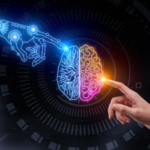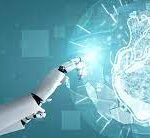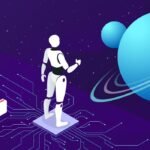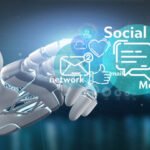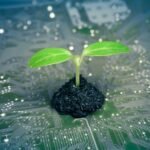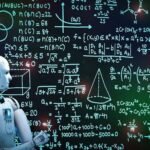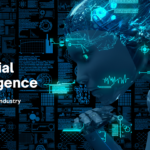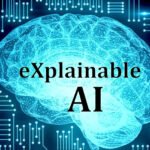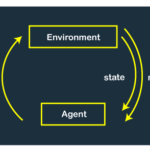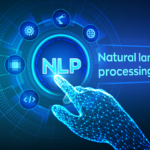Enjoy the journey while your business runs on autopilot
Decision intelligence is a rapidly growing field that combines data science, analytics, and machine learning to empower organizations with better decision-making processes. By utilizing decision intelligence platforms, businesses can derive several benefits that enhance their operations and competitiveness.
One of the key advantages of decision intelligence is the ability to make faster and more accurate decisions. These platforms provide real-time access to data and insights, enabling organizations to react swiftly to market changes and customer behavior. For instance, a retailer can leverage decision intelligence to monitor customer behavior in real-time and adjust inventory levels accordingly. This helps prevent stockouts or excessive inventory, leading to improved sales performance.
Additionally, decision intelligence platforms facilitate proactive decision-making by identifying patterns and trends within vast datasets. By analyzing historical and real-time data, organizations can gain valuable insights into customer preferences, market dynamics, and operational efficiency. These insights can then inform product development strategies, customer service enhancements, and risk management initiatives.
Furthermore, decision intelligence enables organizations to mitigate risks effectively. By leveraging advanced analytics and machine learning algorithms, businesses can identify potential risks and develop robust risk management strategies. These platforms can analyze vast amounts of data, detect anomalies, and generate predictive models to anticipate and mitigate risks before they escalate into larger issues.
Overall, decision intelligence empowers organizations to optimize their decision-making processes by harnessing the power of data, analytics, and machine learning. By making faster and more accurate decisions, businesses can gain a competitive edge, enhance customer satisfaction, and effectively manage risks in today’s dynamic business landscape.







